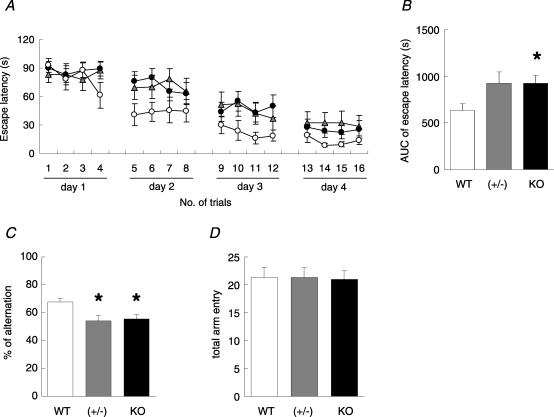Figure 1. Abnormalities of hippocampus-dependent learning and memory in NP-knockout mice as measured in the Morris water maze or the Y-maze.
A, escape latency to find a submerged platform by NP-knockout (filled circles, n= 13), heterozygous (grey triangles, n= 10) and wild-type mice (open circles, n= 10) in training session on days 1–4. B, total escape latency to find a submerged platform by NP-knockout (KO), heterozygous (+/−) and wild-type mice (WT). Knockout mice showed significantly longer escape latencies than wild-type mice (two-way repeated measures ANOVA: F(1,21)= 6.22, P= 0.022). C and D, spontaneous alternation behaviour of NP-knockout, heterozygous and wild-type mice in the Y-maze (column key as for B). NP-knockout and heterozygous mice displayed significantly lower ratios than wild-type mice (*P < 0.05), whereas there were no significant differences in the total number of arm entries among groups. All data are expressed as the mean ±s.e.m.

